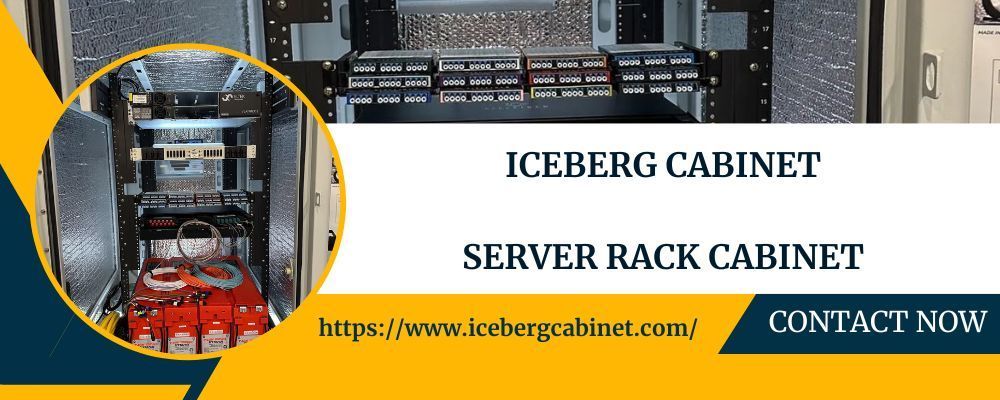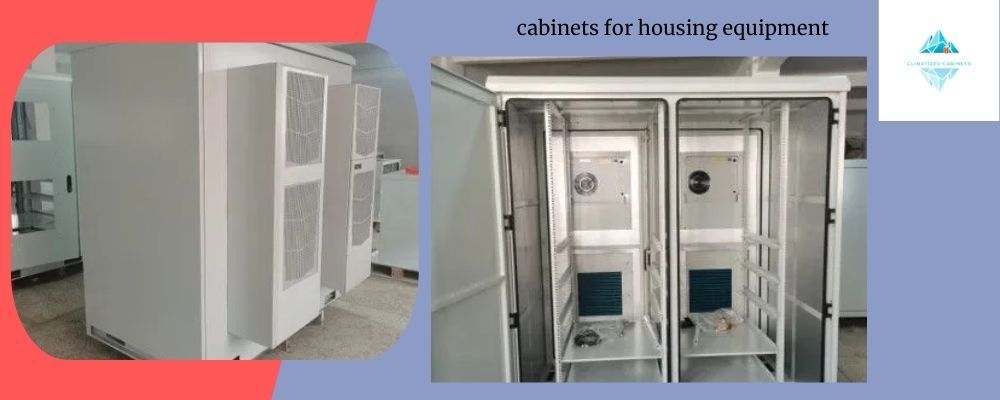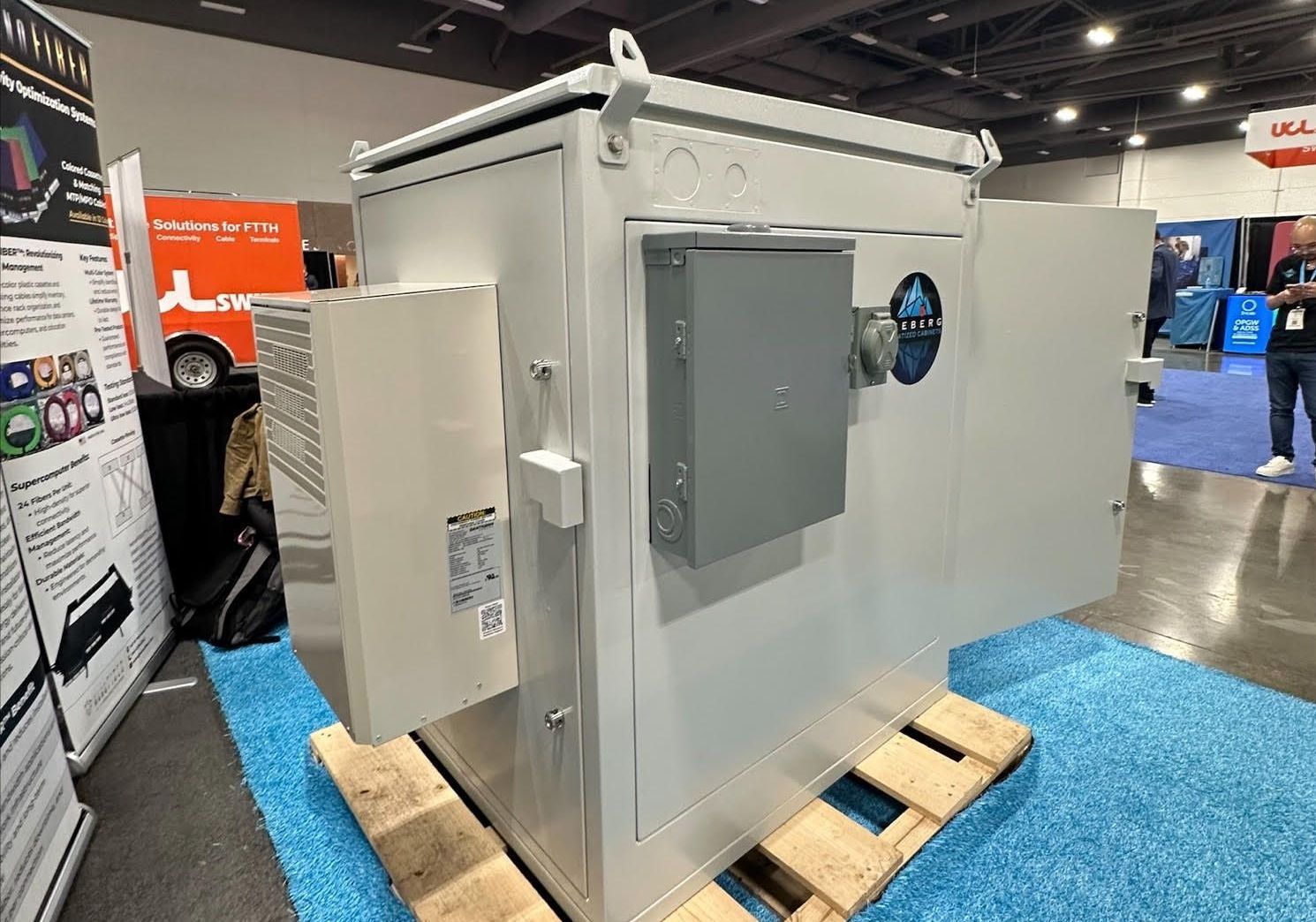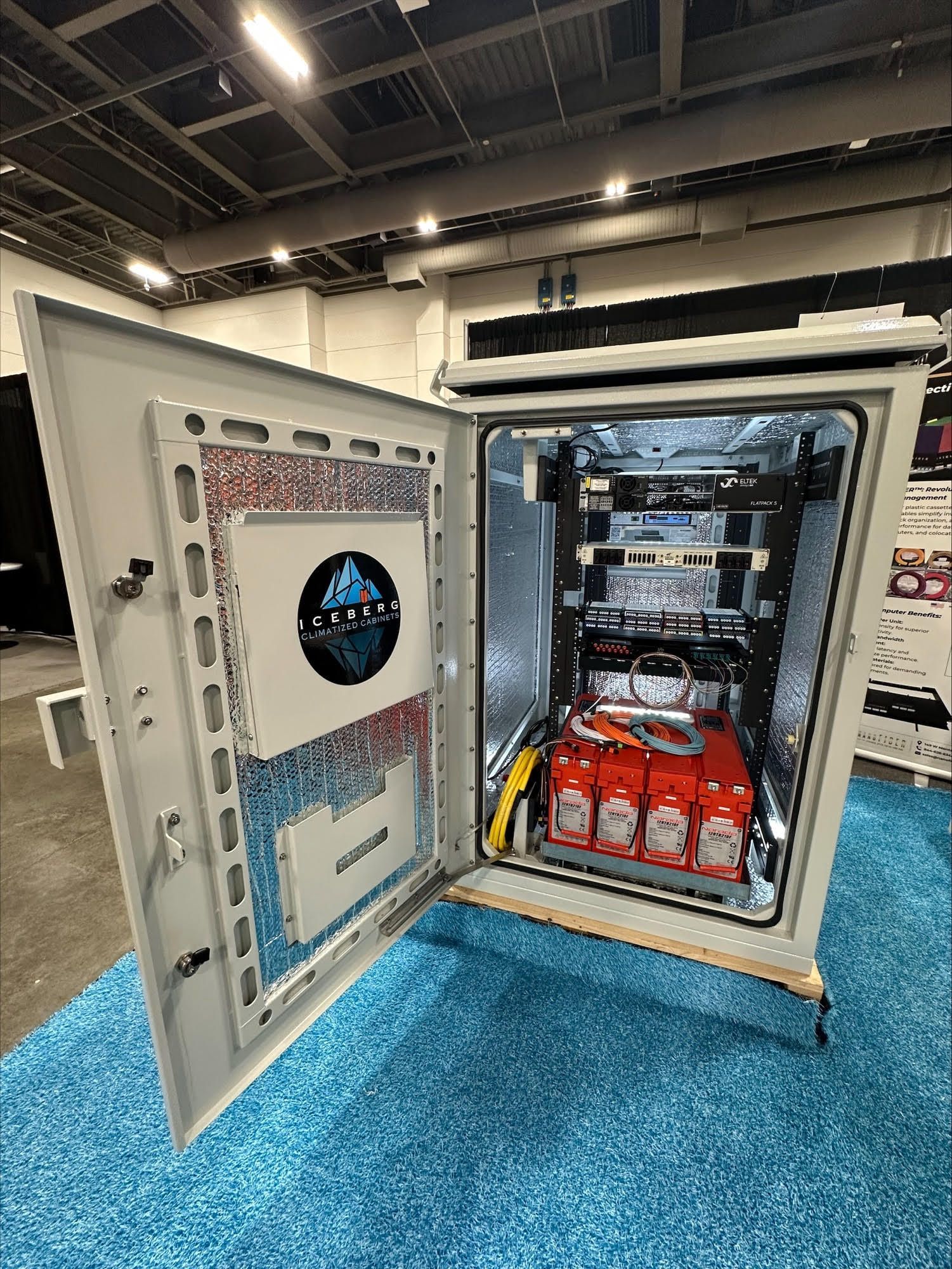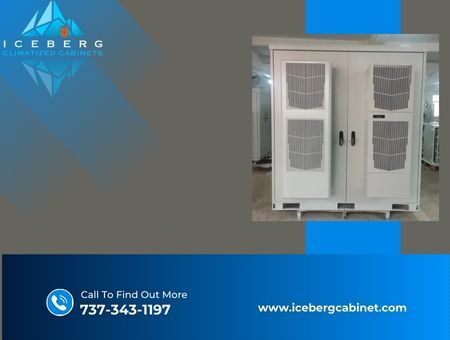How to Choose the Right Telecommunication Cabinet for Small Offices
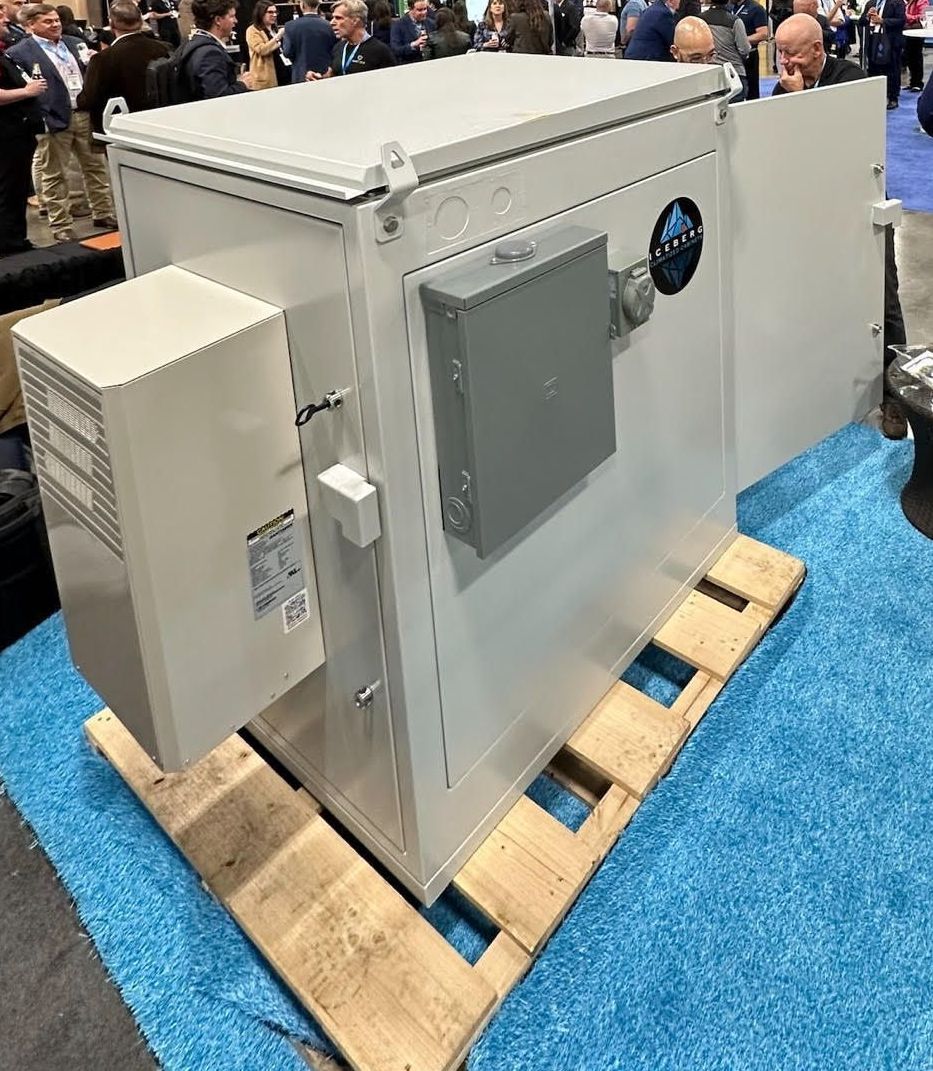
In today’s hyper-connected world, even small offices rely heavily on stable networks, uninterrupted data flow, and streamlined communication systems. Whether you're running a growing startup, a boutique agency, or a remote satellite office, having the right telecommunication cabinet is essential to keep your digital infrastructure running smoothly.
A telecommunication cabinet isn't just a metal box that houses wires and devices—it’s the backbone of your IT operations. Choosing the right one could mean the difference between a seamless workday and constant technical headaches. In this blog, we’ll walk you through everything you need to consider when choosing a telecommunication cabinet for your small office.
Why the Right Telecommunication Cabinet Matters
You may be wondering why you should invest time and money into picking the right cabinet when it seems like a simple piece of hardware. Here’s the truth: a well-chosen telecommunication cabinet ensures your equipment is secure, organized, cool, and accessible. For small offices where space and resources are limited, this choice becomes even more crucial.
A reliable cabinet also enhances system performance, reduces downtime, and even extends the life of your network equipment. At Iceberg Cabinets, we understand that small businesses need solutions that are cost-effective, space-efficient, and built to perform.
Key Factors to Consider When Choosing a Telecommunication Cabinet
1. Size and Space Constraints
One of the most common issues in small offices is limited space. Before choosing a telecommunication cabinet, measure the available space and determine how much room you can dedicate to your IT setup. Think vertically if floor space is tight—wall-mounted cabinets are a great option for small setups.
Also, consider future expansion. While your equipment might fit snugly now, will it still fit after six months of growth? Investing in a slightly larger cabinet than your current needs can save time and money down the road.
2. Type of Cabinet: Wall-Mounted vs. Freestanding
There are two primary types of telecommunication cabinets: wall-mounted and freestanding.
- Wall-mounted cabinets: Ideal for small offices with limited floor space. These are compact, accessible, and perfect for lightweight equipment like patch panels and small switches.
- Freestanding cabinets: Suitable for more robust setups. These offer more room for servers, power distribution units (PDUs), and cooling fans.
At Iceberg Cabinets, we offer both options, each designed with durability and ease of use in mind.
3. Ventilation and Cooling
Electronics generate heat, and if that heat isn’t managed, it can cause equipment failures or even fire hazards. Look for cabinets with built-in ventilation or the option to add cooling units. Some cabinets include perforated doors or side panels that allow passive airflow.
For small offices without a dedicated server room, passive or fan-assisted ventilation can keep your equipment cool without adding to your energy bill.
4. Security Features
Even in small offices, security shouldn’t be overlooked. Your telecommunication cabinet should come with lockable doors and tamper-resistant designs. This helps prevent unauthorized access to sensitive networking gear.
Choose a model that allows you to secure both the front and rear access points for full peace of mind.
5. Cable Management
Good cable management can drastically improve airflow, reduce maintenance time, and eliminate tripping hazards. A quality telecommunication cabinet will include features like cable entry points, tie-down points, and rails to keep your cabling neat and organized.
At Iceberg Cabinets, our cabinets are built with intuitive cable management solutions to save you both time and frustration.
6. Load Capacity
Not all cabinets are created equal when it comes to weight. Check the cabinet’s load capacity to ensure it can handle the combined weight of all the equipment you plan to install. Overloading a cabinet can lead to structural failure and potential equipment damage.
Iceberg Cabinets are designed to handle significant loads without sacrificing stability or safety.
Choosing the Right Server Rack Cabinet
While telecommunication cabinets are great for network equipment, many small offices also require server rack cabinets for housing servers, storage devices, and backup units. When selecting a server rack cabinet, consider the same criteria: size, airflow, security, and cable management.
For offices with minimal equipment, a compact rack that fits under a desk may suffice. But if you're planning to scale, look for full-sized racks with adjustable mounting rails and room for additional gear.
At Iceberg Cabinets, our server rack cabinets are designed to meet the demands of growing small businesses, ensuring reliable performance and easy scalability.
Why Choose Iceberg Cabinets?
Iceberg Cabinets isn’t just another name in the telecom equipment industry—we’re a division of Telcoden, Inc., with over 25 years of experience in delivering durable, reliable infrastructure solutions across the country. Every telecommunication cabinet and server rack cabinet we design is built in Texas, USA, with precision, care, and the future of connectivity in mind.
Our small office solutions are tailored to balance quality, affordability, and innovation. Whether you need a single wall-mounted cabinet or a full office setup, we offer a range of options to match your specific needs.
Final Thoughts
Choosing the right telecommunication cabinet for your small office is about more than specs—it’s about investing in reliability, scalability, and peace of mind. From securing your valuable equipment to ensuring proper airflow and space management, the right cabinet plays a vital role in your office’s daily operations.
Take your time, evaluate your needs, and don’t hesitate to reach out to a trusted provider. At Iceberg Cabinets, we’re here to help you make the best choice for your unique office environment. Our cabinets are more than just enclosures—they’re part of a legacy of excellence built to support your future.
How can telecom equipment be protected while ensuring reliable performance in outdoor environments? The answer is to select the right outdoor telecommunication cabinets.
These cabinets are critical for housing sensitive network equipment and components.. They protect equipment from harsh environmental conditions and ensure network security and reliability.
This guide highlights the essential factors to consider when choosing telecom outdoor cabinets.
The Role of Telecom Outdoor Cabinets
Outdoor telecommunication cabinets create a controlled environment for sensitive equipment. They shield devices from environmental hazards like rain, snow, extreme heat, and humidity.
Additionally, these cabinets safeguard infrastructure from theft and vandalism. Selecting the right cabinets can help businesses reduce maintenance costs and ensure uninterrupted performance.
Key Considerations for Choosing Outdoor Telecom Cabinets
Choosing the right telecom cabinet requires careful consideration of several factors. Below are the key points to evaluate.
1. Waterproofing and Weather Resistance
Outdoor cabinets must handle extreme weather conditions. They should protect equipment from water, dust, and moisture. Essential features include:
● Sealed and insulated designs to block out moisture and debris.
● NEMA rated enclosures that comply with industry standards for ingress protection.
● Weather-resistant coatings and durable gaskets.
2. Security Features
Outdoor cabinets often store expensive and sensitive equipment. Strong security measures are essential to prevent theft and tampering. Look for cabinets with:
● Secure locking mechanisms such as multi-point locks.
● Tamper-proof designs that deter unauthorized access.
● Options for alarms, surveillance systems, and access controls.
3. Cooling and Ventilation Systems
Telecom equipment generates heat during operation. Effective cooling prevents overheating and ensures reliability. Cooling options include:
● Active cooling systems like fans, heat exchangers, or HVAC cooling air conditioning.
● Passive cooling systems are suitable for extreme climates.
● Smart cooling systems with sensors for optimized energy efficiency.
4. Cable Management
Proper cable management keeps setups clean and reduces maintenance time. Features to consider are:
● Cable and fiber entry points with protective seals to prevent damage.
● Internal cable routing systems to organize cables.
● Modular designs for easy upgrades and scalability.
5. Power Supply and Backup Systems
Reliable power is essential for telecom equipment. The cabinet should accommodate:
● AC and DC power supplies for flexibility.
● Backup solutions like batteries or generators for continuous operation.
● Space for future power upgrades as network demands increase.
6. Size and Capacity
The cabinet size should match your current and future needs. Consider:
● The number and size of racks required for your equipment.
● Extra space for future expansion to avoid premature replacements.
● Modular designs that allow for scalability.
7. Material and Construction
Outdoor cabinets must resist physical and environmental damage. The materials and structure should provide the following:
● Durability and corrosion resistance with materials like stainless steel or aluminum.
● A sturdy build to prevent damage from impacts or vandalism.
8. Ease of Installation and Maintenance
Efficient installation and maintenance save time and money. Look for features like:
● Adjustable racks that can be either 19 inch or 23 inch.
● Pre-installed battery racks that fit the cabinet.
● Modular designs that simplify repairs and troubleshooting.
Optimizing Long-Term Performance
When selecting telecom outdoor cabinets, consider more than the initial cost. Long-term factors such as durability, maintenance, and energy efficiency are equally important.
● Durability: High-quality materials extend the lifespan of the cabinet, reducing replacement costs.
● Maintenance: Features that simplify maintenance, labor and downtime.
● Energy Efficiency: Smart cooling and power systems lower operational expenses over time.
Investing in a high-quality cabinet reduces risks and ensures reliable equipment performance.
Vendor Support and Reliability
A trusted vendor plays an essential role in the selection process. The quality of support and service provided by the supplier impacts the performance of your cabinets. Key points to consider are:
● Availability of warranties to protect your investment.
● Access to technical support for troubleshooting or maintenance.
● Availability of spare parts for repairs and upgrades.
● Expertise in offering customized solutions for unique requirements.
Partnering with a reliable vendor ensures peace of mind and long-term performance.
Collaborate with Experts for the Best Results
Choosing the right telecom outdoor cabinets involves balancing protection, performance, and cost. A good cabinet protects equipment from environmental and security risks. It should also support scalability and deliver reliable performance over time. Before deciding, carefully evaluate environmental conditions, equipment needs, and long-term goals.
We at Iceberg Climatized Cabinets deliver high-quality outdoor telecommunication cabinets designed for durability and reliability. Our customizable solutions ensure the protection and performance of your telecom network. Contact us today to find the perfect cabinet for your needs!
